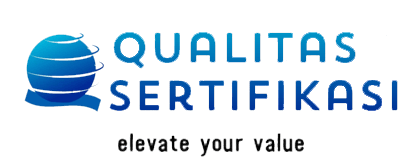Hadirkan Tekstil Ramah Lingkungan Dengan Textile Exchange
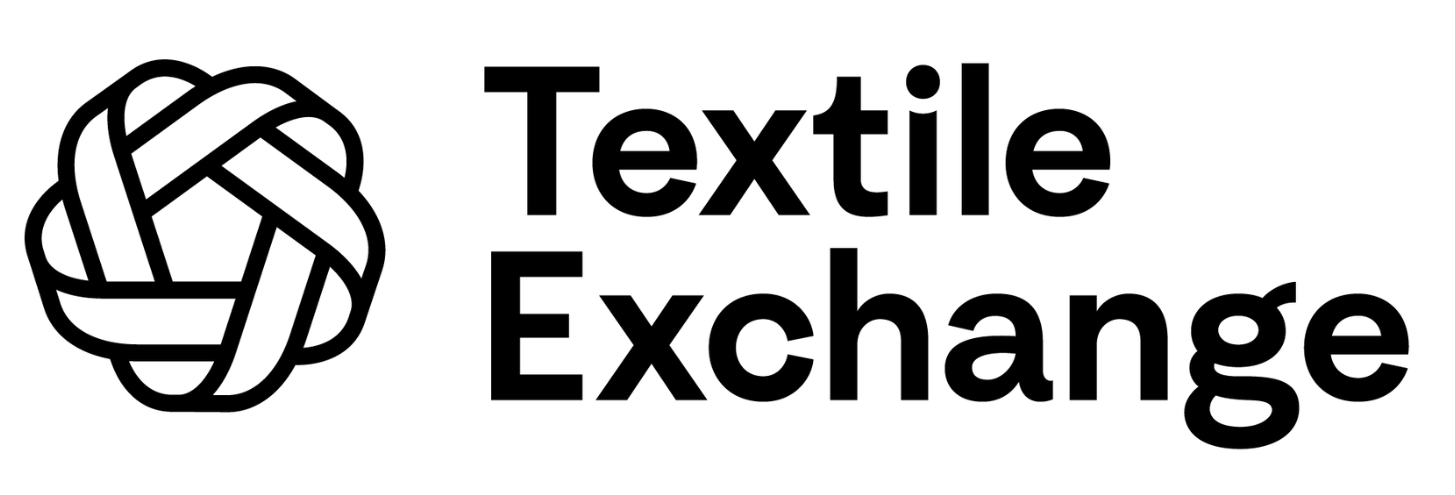
Pakaian merupakan hal mendasar, selain makanan dan rumah, yang diperlukan manusia dalam kehidupan sehari-hari. Seiring berjalannya waktu, perkembangan di dunia tekstil dan garmen membuat mode fashion pun berubah, mengikuti keinginan dan pasar terkini. Dengan berkembangnya hal ini, muncul kekhawatiran lain terkait dengan keberlanjutan dan keramahan lingkungan. Fenomena fast fashion pun menjadi tantangan lain dalam menjaga lingkungan, mengingat seberapa cepat industri ini berganti dan dampaknya pada pemanasan global maupun pencemaran tanah.
Karena itu, muncul organisasi nirlaba global dalam industri serat dan bahan pilihan, Textile Exchange. Organisasi tersebut berupaya untuk mengembangkan dan mengelola serangkaian standar, guna menyediakan cara untuk memverifikasi klaim keberlanjutan dari bahan mentah hingga produk akhir. Semua standar ini dikembangkan melalui pendekatan multi-stakeholder, untuk mengatasi kesenjangan dalam alat verifikasi yang tersedia.
Textile Exchange didirikan pada 2002 dan telah bekerja sama dengan semua sektor rantai pasokan tekstil. Organisasi ini mengidentifikasi dan membagikan praktik terbaik mengenai pertanian, bahan, pemrosesan, keterlacakan, dan akhir masa pakai produk, untuk menciptakan dampak positif pada air, tanah, udara, hewan dan populasi manusia di seluruh dunia oleh industri tekstil. Textile Exchange berkembang dari fokus hanya pada kapas organik pada 2010 untuk memasukkan pilihan portofolio
preferred fiber and materials yang beragam.
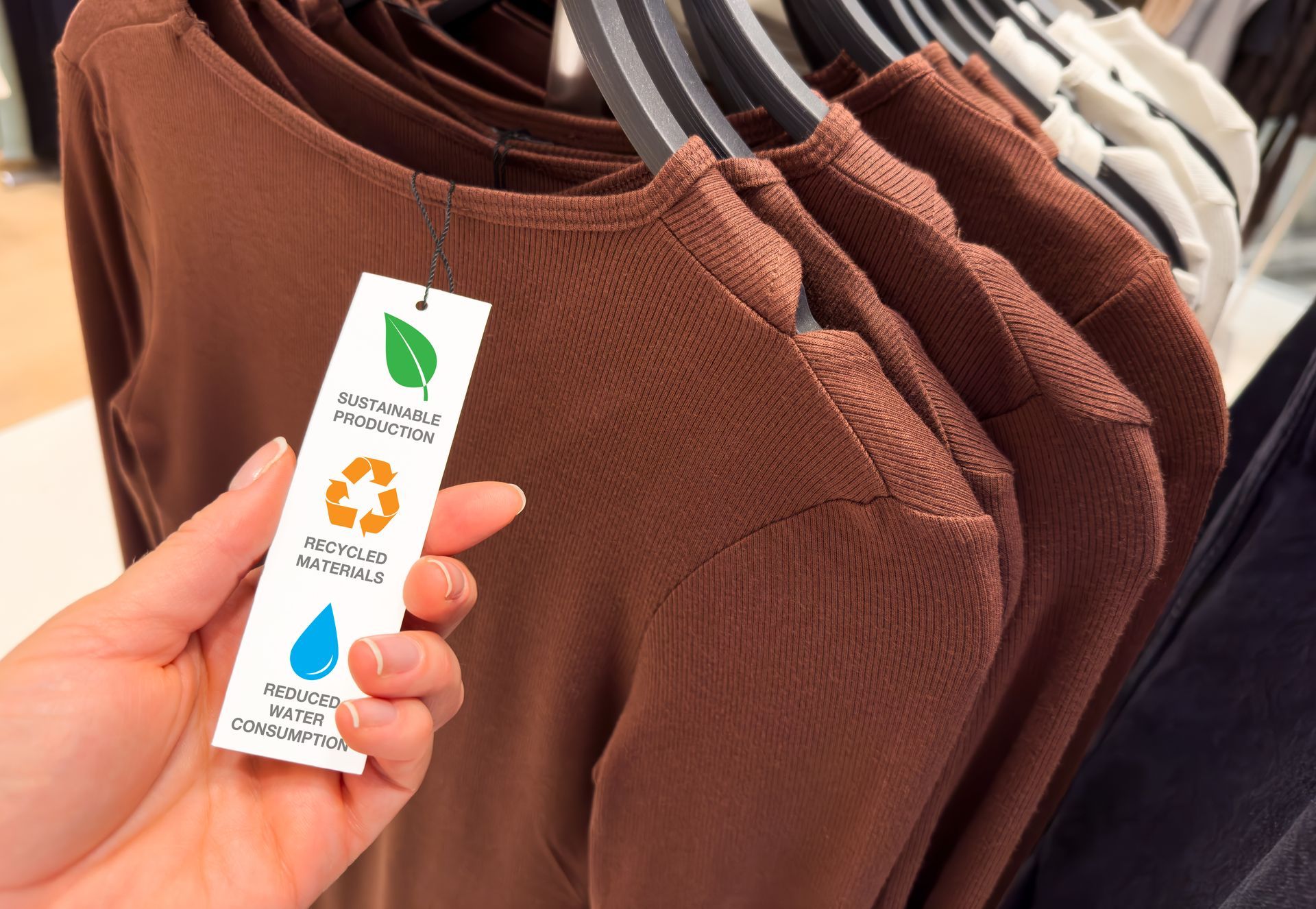
Fokus dan target kerja Textile Exchange
Dalam laman situsnya, Textile Exchange menyebut sebagian besar serat dan bahan mentah yang dikenal dalam industri mode dan tekstil saat ini, termasuk kapas, wol, viscose, poliester dan lainnya, berasal dari pertanian, hutan, atau bahan bakar fosil. Ini merupakan tiga area fokus terbesar, dalam tantangan untuk membatasi pemanasan global dan memitigasi dampak paling serius dari perubahan iklim.
Organisasi nirlaba ini berfokus pada bagaimana sumber daya tersebut dibudidayakan, bersumber, serta diekstraksi dari bumi, tumbuhan, dan hewan. Hal-hal ini dikenal sebagai Tier 4 dari rantai pasokan dan menyumbang 24 persen dari jejak karbon industri. Mereka memiliki target mengurangi emisi yang berasal dari proses ini sebesar 45 persen pada 2030.
Tidak hanya itu, mereka juga menyebut telah mengembangkan strategi untuk membantu mencapai tujuan tersebut, yang mana dikenal dengan Climate+. Adapun visi yang diusung Textile Exchange adalah industri fesyen dan tekstil global dapat memberi lebih dari yang dibutuhkan oleh Bumi. Dampak positif pada tanah dan tangan yang menjunjungnya digaungkan, sembari memberi manfaat bagi kesehatan tanah, air dan keanekaragaman hayati.
Perkembangan terbaru Textile Exchange
Sejumlah perkembangan dan perbaikan pun terus dilakukan mereka dari tahun ke tahun. Di tahun 2022, Textile Exchange disebut telah menerbitkan Analisis Lanskap Pertanian Regeneratif, kerangka kerja pertama untuk industri fesyen dan tekstil untuk memahami manfaat pertanian regeneratif. Selain itu, semua pelaporan Pakta Mode diintegrasikan ke Corporate Fiber and Materials Benchmark mereka. Di usianya ke 20 tahun, organisasi tersebut telah mencatat perkembangan komunitas keanggotaan globalnya, menjadi lebih dari 800.
Sementara di tahun 2021, mereka telah meluncurkan Preferred Fibers and Materials Matrix kepada seluruh anggotanya, dengan tujuan memberikan panduan guna menginformasikan keputusan sumber menggunakan data terbaik yang tersedia. Tolok Ukur Keanekaragaman Hayati (Biodiversity Benchmark) pun dikeluarkan, tujuannya untuk mengenali hubungan antara iklim dan alam dan membantu perusahaan merencanakan dan mengukur tindakan mereka.
Di kegiatan konferensi COP26, Textile Exchange mendesak pembuat kebijakan untuk mempertimbangkan bekerja sama dengan industri tekstil dan alas kaki, untuk menciptakan mekanisme perdagangan yang mendorong penggunaan serat dan bahan yang disukai lingkungan melalui Inisiatif Perdagangan Berkelanjutan COP26 mereka. Bekerja sama dengan Google dan WWF, mereka menciptakan Global Fiber Impact Explorer (GFIE), sebuah alat yang lahir dari kemitraan antara untuk menilai risiko berdasarkan fiber dan wilayah.

Standard yang dimiliki Textile Exchange
Hingga saat ini, Textile Exchange menetapkan ada delapan standard produksi dan pengelolaan tekstil. Dari semuanya, QSI berupaya menyediakan jasa sertifikasi untuk enam standard, yaitu RCS dan GRS, OCS, CCS, RDS, serta RWS.
RCS dan GRS
Recycled Claim Standard (RCS) dan Global Recycled Standard (GRS) berfokus pada penetapan persyaratan sertifikasi pihak ketiga yang akan melakukan daur ulang melalui rantai pasokan. Perbedaannya, GRS menambahkan kriteria tambahan untuk persyaratan pemrosesan sosial dan lingkungan, serta pembatasan bahan kimia.
OCS
Organic Content Standard (OCS) menetapkan sejumlah persyaratan untuk sertifikasi jenis bahan organik. Tujuan dari OCS adalah meningkatkan produksi pertanian organic.
CCS
Content Claim Standard (CCS) merupakan dasar dari semua standar yang dimiliki Textile Exchange. Standard ini memberikan perusahaan alat untuk memverifikasi satu atau lebih bahan spesifik ada dalam produk akhir.
RDS
Responsible Down Standard (RDS) dimaksudkan untuk memastikan bahan bulu yang berasal dari unggas tidak mengalami cedera yang tidak perlu. Harapannya, standar ini bisa mempengaruhi industri bulu dan hewan, mendorong praktik yang menjaga dan menghormati binatang, utamanya unggas.
RWS
Responsible Wool Standard (RWS) merupakan standar yang memiliki fokus pada kesejahteraan domba dan tanah tempat mereka merumput
RMS
Responsible Mohair Standard (RMS) membahas kesejahteraan hewan dan tanggung jawab lingkungan dalam rantai pasokan mohair. Standar ini mengharuskan semua lokasi, mulai dari pertanian hingga penjual dalam transaksi akhir bisnis-ke-bisnis, untuk disertifikasi. Petani dan peternak RMS harus memenuhi persyaratan kesejahteraan hewan, pengelolaan lahan, dan sosial.
RAS
Responsible Alpaca Standard (RAS) mengharuskan semua lokasi, mulai dari peternakan alpaca hingga penjualan dalam bentuk transaksi akhir bisnis-ke-bisnis, untuk disertifikasi. Petani dan peternak RAS harus memenuhi kesejahteraan hewan, pengelolaan lahan dan persyaratan sosial.
Pembahasan lebih lanjut seputar Textile Exchange dan syarat-syarat yang diperlukan bagi pelaku ekspor di industri ini bisa langsung
klik link ini ya. Di dalamnya terdapat kontak yang bisa dihubungi atau unduh brosur program/standar yang sesuai dengan bisnis kamu ya!
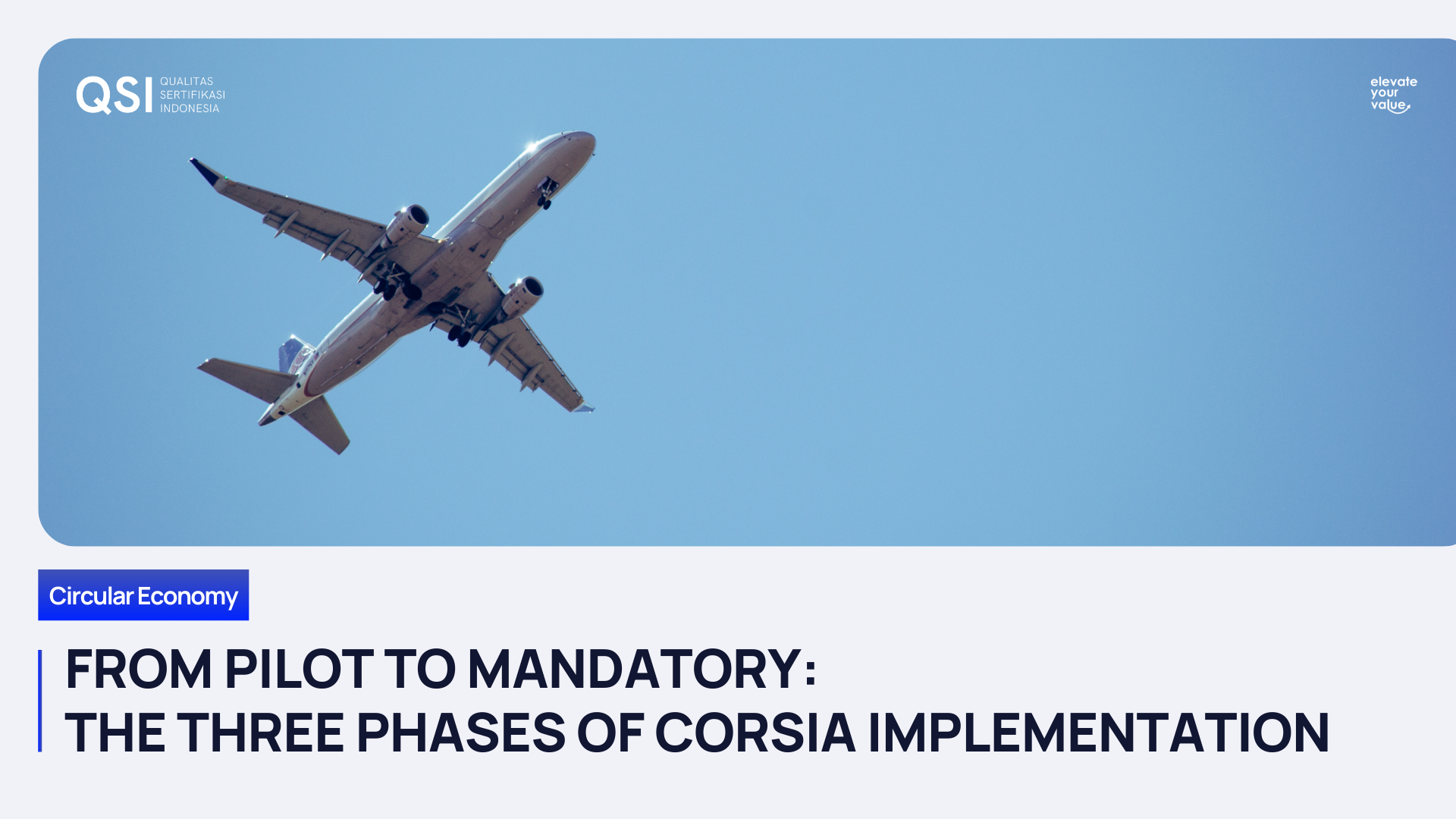
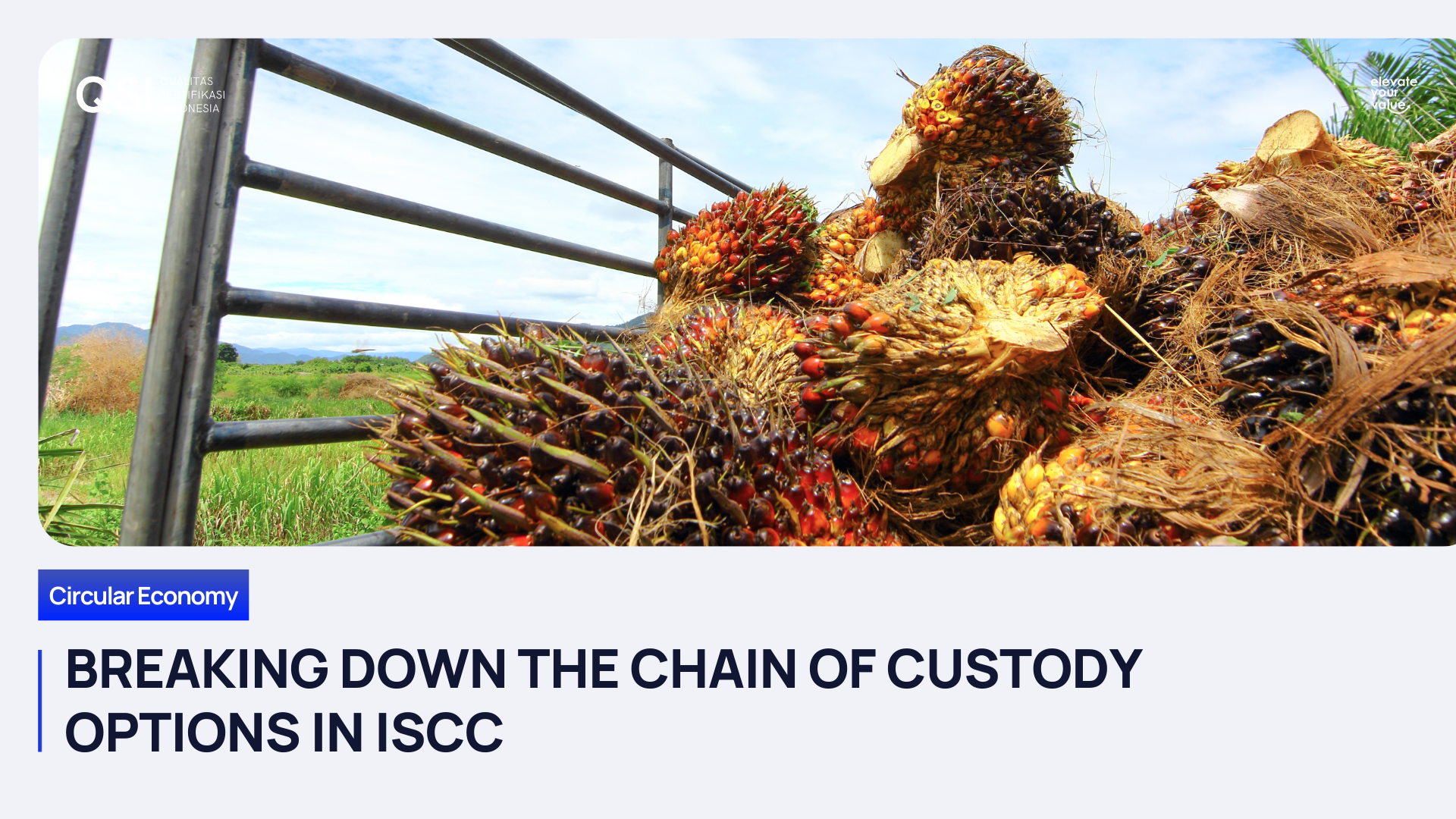
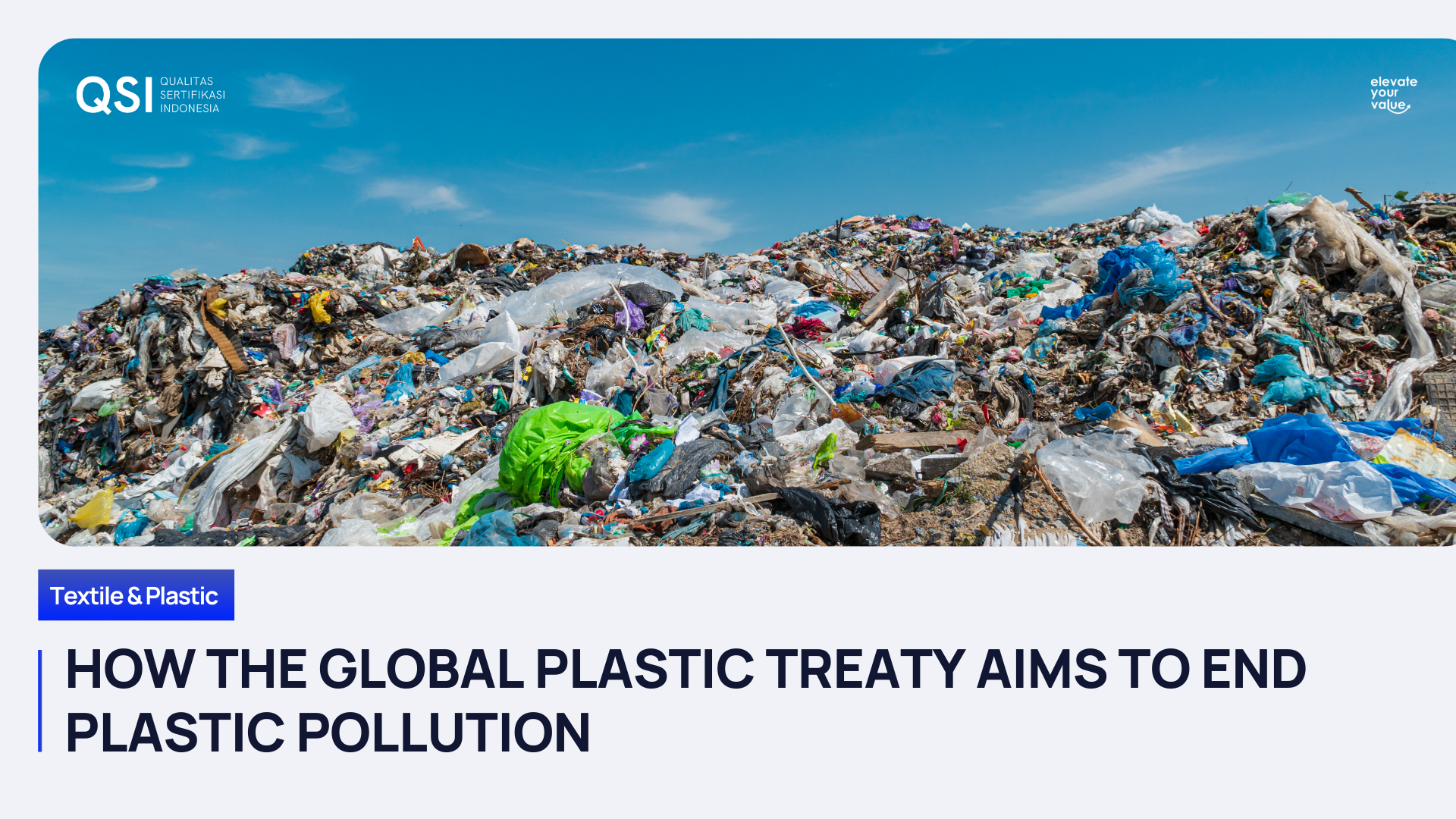
General Inquiries
Phone
+62 21 2949 1946
Headquarter
The CEO Building, Level 12th
Jl. TB Simatupang No. 18C
Cilandak Barat, Cilandak
Jakarta Selatan, DKI Jakarta 12430
Indonesia
Operational
Menara Sun Life, 7th Floor
Jl. Dr. Ide Anak Agung Gde Agung Blok 6.3
Kuningan Timur, Setiabudi
Jakarta Selatan, DKI Jakarta 12950
Indonesia
Programs
Quick Links
Qualitas Sertifikasi Indonesia
PT Qualitas Sertifikasi Indonesia
